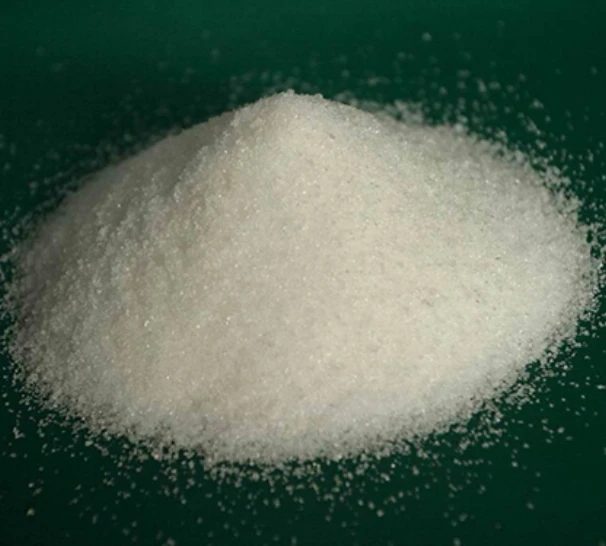Poly Aluminium Chloride Applications in Water Treatment and Purification Processes
Poly Aluminium Chloride for Water Treatment
Water treatment is essential for ensuring the health and safety of populations and the environment. Among the various materials utilized in water purification processes, Poly Aluminium Chloride (PAC) stands out for its effectiveness and versatility. This article delves into the properties, applications, and benefits of PAC in water treatment.
Understanding Poly Aluminium Chloride
Poly Aluminium Chloride is an inorganic polymer that is predominantly used as a coagulant in water treatment. It is synthesized through the hydrolysis of aluminium chloride and is available in both powder and liquid forms. PAC has a higher charge density compared to traditional coagulants like aluminium sulphate, which significantly enhances its performance in precipitating suspended solids and removing contaminants from water.
Mechanism of Action
The efficacy of PAC in water treatment stems from its ability to form insoluble complexes with contaminants present in the water. When PAC is added to water, it undergoes hydrolysis, which generates aluminium hydroxide, a compound known for its adsorption properties. This process facilitates the agglomeration of smaller particles into larger flocs that can then be removed more easily through sedimentation or filtration. The enhanced particle aggregation results in improved clarity and quality of the treated water.
Applications in Water Treatment
PAC is employed in various stages of water treatment, making it a versatile agent in both municipal and industrial settings. It is commonly used in the following applications
1. Drinking Water Purification In municipal water treatment plants, PAC is used to clarify drinking water by removing turbidity and pathogens. This is crucial for providing safe, potable water to communities.
2. Wastewater Treatment PAC plays a vital role in treating industrial effluents and municipal sewage. It helps in the removal of suspended solids, heavy metals, and organic pollutants, ensuring compliance with environmental regulations.
3. Industrial Applications Many industries, such as paper, textiles, and food processing, utilize PAC in their water treatment processes to improve product quality and efficiency.
poly aluminium chloride for water treatment

Advantages of Using PAC
The use of Poly Aluminium Chloride in water treatment comes with several advantages
1. Enhanced Performance PAC's higher charge density and larger molecular size facilitate the rapid formation of flocs, leading to quicker settling times and more efficient removal of contaminants.
2. Lower Dosage Requirements Compared to traditional coagulants, PAC often requires a lower dose to achieve similar or better results. This translates to cost savings in procurement and reduces the environmental impact of chemical use.
3. Broad pH Range PAC can operate effectively over a range of pH levels, making it suitable for diverse water sources and conditions. This flexibility is particularly beneficial for treating varying quality sources of water.
4. Removal of Organic Compounds PAC is effective in removing not only suspended solids but also dissolved organic matter, leading to better water quality for existing and future treatments.
5. Low Residue The residues left after using PAC are minimal, which streamlines the post-treatment disposal process and minimizes the environmental footprint.
Conclusion
Poly Aluminium Chloride serves as a crucial component in achieving efficient and effective water treatment. Its superior coagulant properties, coupled with economic and environmental benefits, make it a preferred choice in various applications. As the global demand for clean water continues to rise, the role of PAC in ensuring safe drinking water and maintaining ecological balance becomes increasingly important. Ongoing research and development are expected to further enhance its applications and improve water treatment technologies, contributing to a more sustainable future.
-
Pbtc Scale InhibitorPBTC: A Scale Protector for Industrial Water TreatmentNewsAug.05,2025
-
Organic Phosphonate: An Efficient Defender in the Field of Scale InhibitionNewsAug.05,2025
-
Hydrolyzed Polymaleic Anhydride: Green Pioneer in Scale Inhibition FieldNewsAug.05,2025
-
PAPEMP Polyamino Polyether Methylene Phosphonic Acid For SaleNewsAug.05,2025
-
Flocculant Water Treatment: A Pioneer in Purification in the Field of Water TreatmentNewsAug.05,2025
-
Benzyl Isothiazolinone: An Efficient and Broad-Spectrum Antibacterial Protective GuardNewsAug.05,2025





